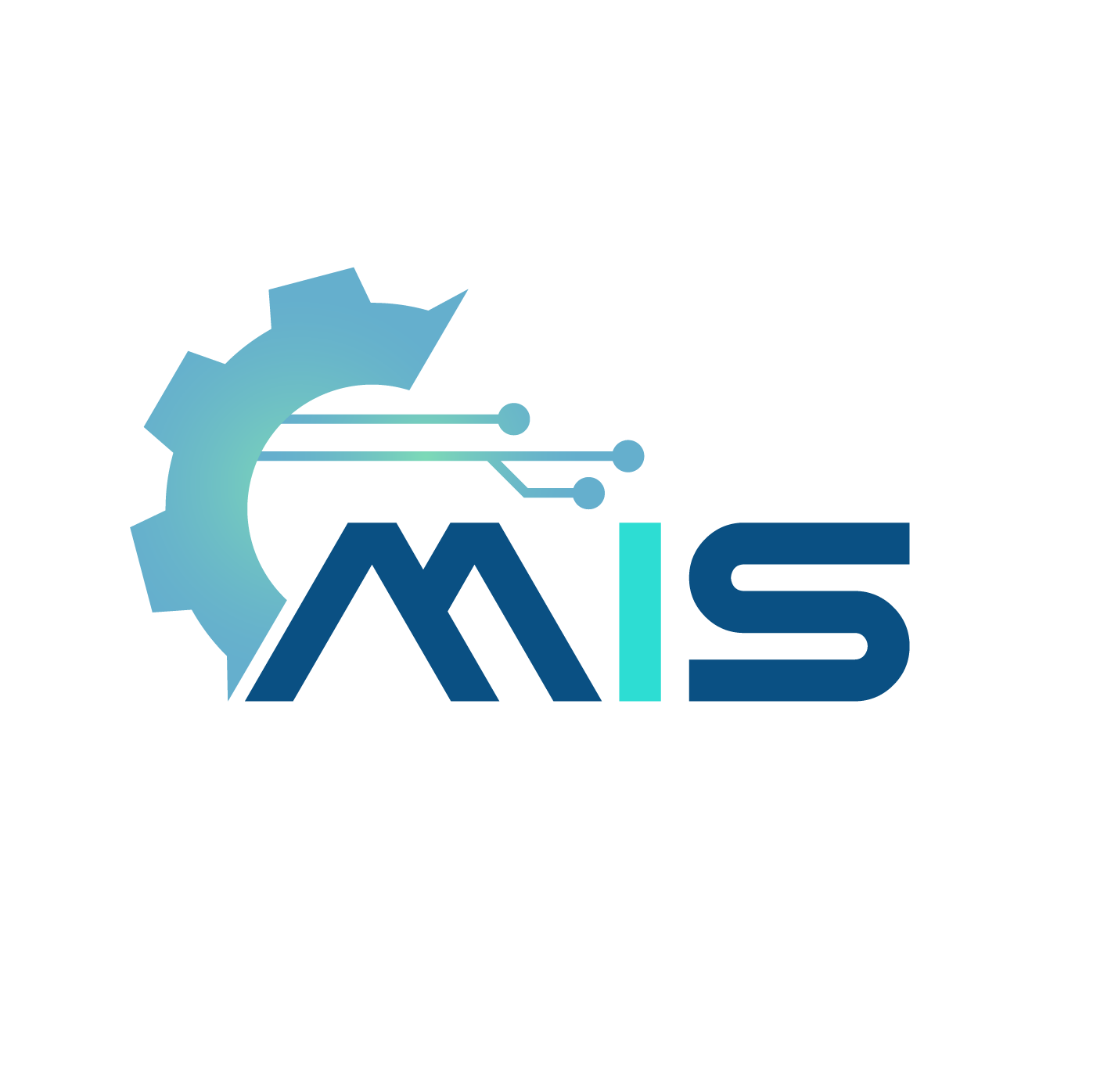Pricing: –
Pricing is used to define the prices calculation and costs for external vendors or customers. Pricing component is to store the pricing stipulation agreed with vendor or customer in the system. The pricing at the item and header level in the sales order can be modified manually.
The manual processing is depending on the individual condition types existed. The conditions like materials, manufacturing, shipping, tax etc. plays important role in determining the pricing of the goods and services. The SAP system automatically calculates the goods price by considering the different pricing elements condition values.
Pricing Procedures: –
Pricing procedure is a way to determine prices in purchasing documents. Pricing procedure gives functionality to assign different calculation types for different requirements. Pricing procedure used to determine all conditions into one procedure where the sub-total finds for net amount.
The prices are calculated based on the condition methods used in. The condition method is a procedure of defining condition records in to the sales document while processing.
Creating an access sequence and assigning it to condition types can define pricing procedure. Pricing procedure determination is assigning the calculation schema to a combination of vendor schema group and purchasing organization schema group.
The pricing procedure structure is –
- Condition technique contains condition records.
- Condition records are stored in condition tables.
- Condition tables places in access sequences.
- Access sequence assigns to condition type.
- Condition types placed in pricing procedure.
Pricing procedure had the below configurations –
- Condition records
- Condition tables
- Access sequences
- Condition types
Condition records: –
- Condition records are called as condition master.
- Condition master is a master data from pricing.
- It represents that actual condition value and is stored in a condition key.
- Condition master data can be maintained by transaction VK11.
Condition Tables: –
- Condition tables are the combination of condition masters.
- Condition Table consists of one or more condition keys and data part.
- Data Part contains a number that references a record in another table which contains the condition records.
- Condition tables can be maintained by transaction V/03.
Access Sequence: –
- It is a search strategy and it searches for a valid condition record in a sequence.
- It checks where prices are stored and at what condition prices are to be picked up.
- Access sequence can be maintained by using transaction V/07.
Condition type: –
- Condition type is used for different type of charges.
- It controls pricing components and pricing items.
- Condition type can be maintained by using transaction V106.
